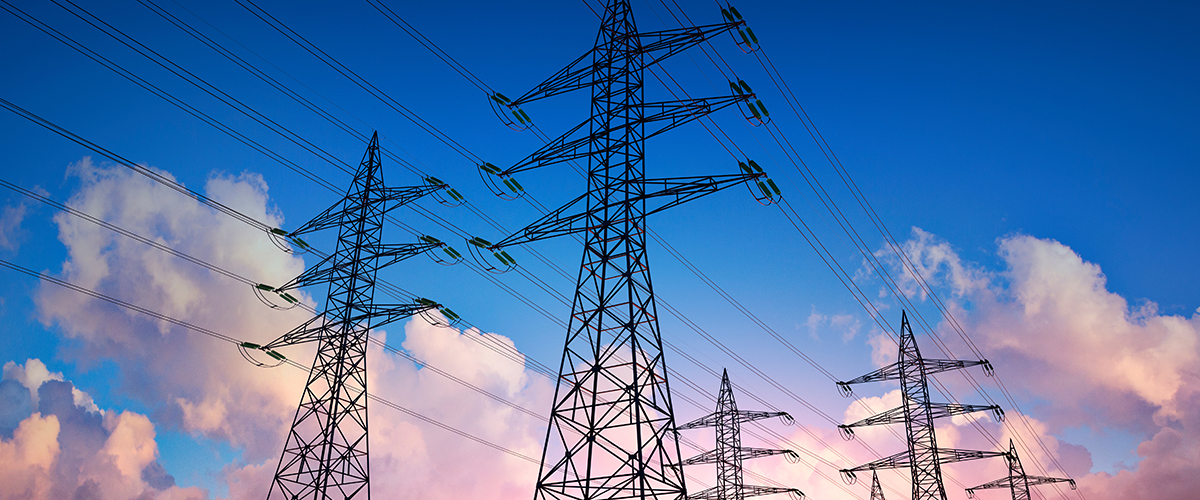If a high-altitude electromagnetic pulse (HEMP) event happens, you want to make sure you’re covered. Whether it’s a result of a solar flare or an intentional HEMP attack, a HEMP event could very likely shut down airports, hospitals, banking services, data centers and water treatment centers, causing food and water insecurities with no way to contact others.
But how do you choose the right filter? Both low-voltage and medium-voltage HEMP filters protect systems from HEMP events, but what factors play into selecting the right solution? In this article we’ll examine how to choose between a low and medium-voltage filter suitable for the system you want to protect.
System Power Requirements
One primary consideration for selecting a HEMP filter is your system’s power requirements. A low-voltage HEMP filter is appropriate if your system’s voltage ranges from a few to several hundred volts. However, a medium-voltage HEMP filter is the right choice for systems operating at higher voltage levels, such as several hundred to 5,000 volts. High-power systems, such as power infrastructure, typically require medium-voltage HEMP filters to handle the higher currents and power levels. Low-voltage HEMP filters may not have the necessary power-handling capabilities for such applications.
To continue the theme of power and energy, choosing the right EMI filter requires evaluating the current ratings of your system. Medium-voltage HEMP filters are designed to handle higher currents commonly found in high-power systems, while low-voltage HEMP filters are typically suitable for lower current applications. Ensure the chosen filter can accommodate the maximum current levels of your system.
Applications
Just as power requirements factor into determining the right HEMP folder, choosing a low or medium-voltage filter depends on the system application. While both low and medium-power filters have applications in communications, military and critical infrastructure systems, HEMP filters are more appropriate for certain uses over others.
Low-voltage filters are suitable for control, data, and low-current power lines on shielded rooms and general installations, as well as data lines for telephones, thermostats, and fire alarms. Opt for low-voltage filters on applications like commercial installations providing power, water processing plants, cloud computing for companies, telecommunications, food, transportation, energy, or other vital services.
Medium-voltage filters are appropriate for higher-power defense and infrastructure systems. They provide HEMP protection for aircraft control systems, automotive control systems, nuclear power stations, control rooms, fleet operations centers, medical equipment, emergency communications, war rooms, or power grids. For critical infrastructure applications, choose medium-voltage filters for larger-scale transportation, energy, healthcare, food, communications, finance, and industrial operations.
Customization Options
While an off-the-shelf HEMP filter would ideally do the job, and most filter solutions require a standard product, some applications must have custom engineering. For instance, by customizing your HEMP filter, you can pinpoint the desired voltage range appropriate for your system. Similarly, your power system’s current handling capacity requirements may be more extensive based on the robustness of the system you need to protect. Customization also allows you to determine the proper size and form factor for a precise fit into your system. Finally, some industries — including military and defense — have industry-specific standards that necessitate custom HEMP filter design.
TSS USA Manufacturing offers custom HEMP filter solutions and is the only manufacturer of medium-voltage HEMP filters. Contact TSS about your HEMP filter needs today.

